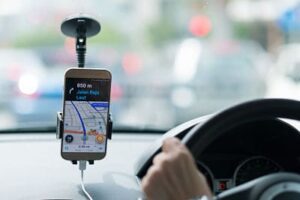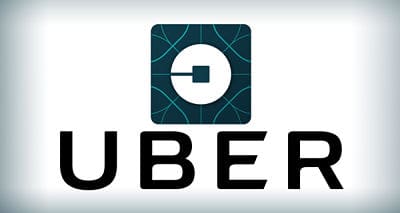 The chairman of the National Transportation Safety Board (NTSB) blamed an “ineffective safety culture” for a fatal Uber self-driving car crash last year.
The chairman of the National Transportation Safety Board (NTSB) blamed an “ineffective safety culture” for a fatal Uber self-driving car crash last year.
Series of Lapses in Fatal Uber Self-Driving Car Crash
On November 19, 2019, the NTSB held a board meeting to determine the probable cause of a fatal Uber self-driving car crash in Tempe, AZ. On March 18, 2018, a Volvo XC90 SUV outfitted with Uber’s sensing system was approaching a busy intersection. The Volvo was part of a test of self-driving vehicles that Uber had been conducting. While there was a human safety driver behind the wheel, the vehicle was traveling in self-driving mode at the time.
As the self-driving car was heading towards the intersection, 49-year-old Elaine Herzberg was crossing the street with her bicycle, roughly 100 yards from the crosswalk. When she stepped down from the concrete median and into a lane of traffic, the Uber struck and killed her, apparently without having slowed down at all. Investigative information released since the incident highlighted a series of lapses, both technological and human, that contributed to the crash.
At the NTSB meeting, Chairman Robert Sumwalt said that “the inappropriate actions of both the automatic driving system as implemented and the vehicle’s human operator were symptoms of a deeper problem, the ineffective safety culture that existed at the time” at Uber.
According to the NTSB, the vehicle’s radar sensors first observed Herzberg about 5.6 seconds prior to impact and initially classified her as a vehicle. The Uber’s self-driving computer changed its classification of her as different types of objects several times and failed to predict that her path would cross the lane of the vehicle because it was not programmed to recognize and respond to pedestrians walking outside of marked crosswalks.
Emergency Braking System Deactivated
Additionally, Sumwalt stated that Uber had deactivated the Volvo’s automatic emergency braking system. Uber’s own system also did not have the ability to brake automatically, making braking the responsibility of the single “safety driver” monitoring the vehicle’s automation system. (Other companies place a second person in each vehicle for added safety.) The safety driver was reportedly streaming The Voice on her phone and failed to stop in time. While Uber had cameras monitoring its drivers, the company did not perform spot checks to make sure they were paying attention.
Sumwalt said that all companies that test self-driving vehicles on public roads need to study the fatal Uber self-driving car crash to prevent future accidents. The lessons do not apply only to the company’s Advanced Technologies Group “and they’re not limited to ‘something went wrong and now it’s fixed.’ Something went wrong, and something else might go wrong unless it’s prevented.”
Have You Been Injured in an Uber Accident?
With an estimated 900,000 active Uber drivers in the United States, an increasing number of car accidents involve the company. In fact, as in the above case, the company has been the subject of multiple high-profile incidents suggesting negligence on its part. To better ensure that you receive fair compensation if you have been injured by an Uber vehicle, consider retaining the services of the Chicago Uber accident attorneys at GWC Injury Lawyers.
With over $2 billion successfully recovered for our clients in more than four decades in the business, GWC is one of the leading Personal Injury and Workers’ Compensation law firms in Illinois.
To schedule a free, no-obligation consultation with one of our Chicago car accident lawyers, contact GWC today. You may call our office at (312) 464-1234 or click here to chat with a representative at any time.
<< BACK TO BLOG POSTS